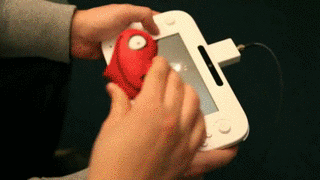Clockwerk is a cancelled puzzle platformer game, which was in development at Next Level Games; the creators of the Super Mario Strikers games, as well as the unreleased Super Mario Spikers. The title was planned to be worked on for multiple unspecified home console platforms during mid-late 2011 (believed to be Wii, Xbox 360 and PS3) , but was never produced.
Two Grumpy Old Men Who Just Want To Retire
The project began towards the start of 2011 and was being worked on in tandem with Next Level’s other main undertaking at the time, which was Captain America: Super Soldier for the Xbox 360 and PS3.
It was conceived as the story of two old men, Otto & Herman, who work as Hausmeisters (caretakers) in a magical floating clock tower suspended in the clouds called ‘The World Clock’, that governs the flow of time throughout the universe. On their final day before retirement, a faction of evil gremlins attack the tower, dismantling its innards and disrupting the behaviour of time. In order for the grumpy twosome to finally retire, they must defeat the invaders and repair its inner workings.

![Black 2 [Xbox 360, PS3 – Cancelled] Black 2 [Xbox 360, PS3 – Cancelled]](https://www.unseen64.net/wp-content/uploads/2014/12/Black-2-Characters-670x300.jpg)
